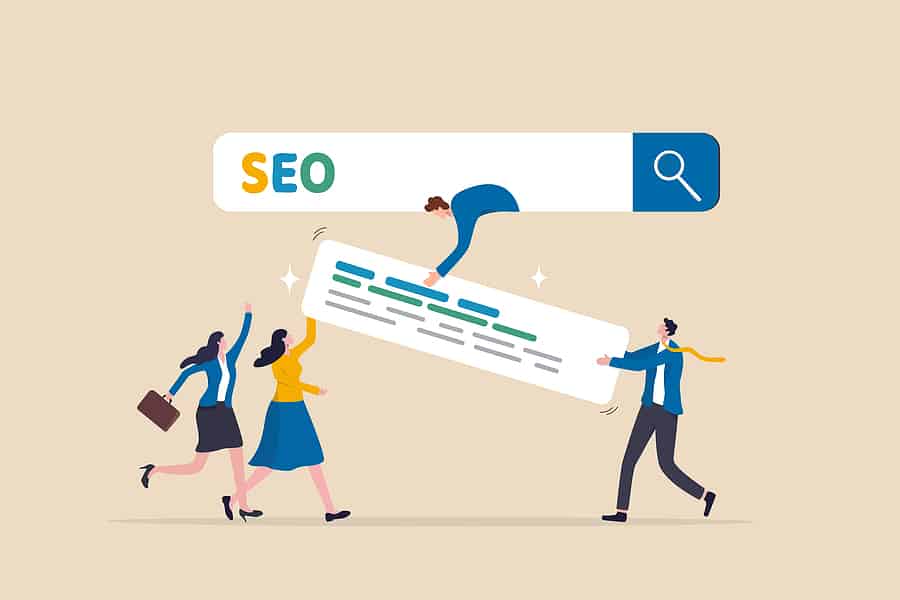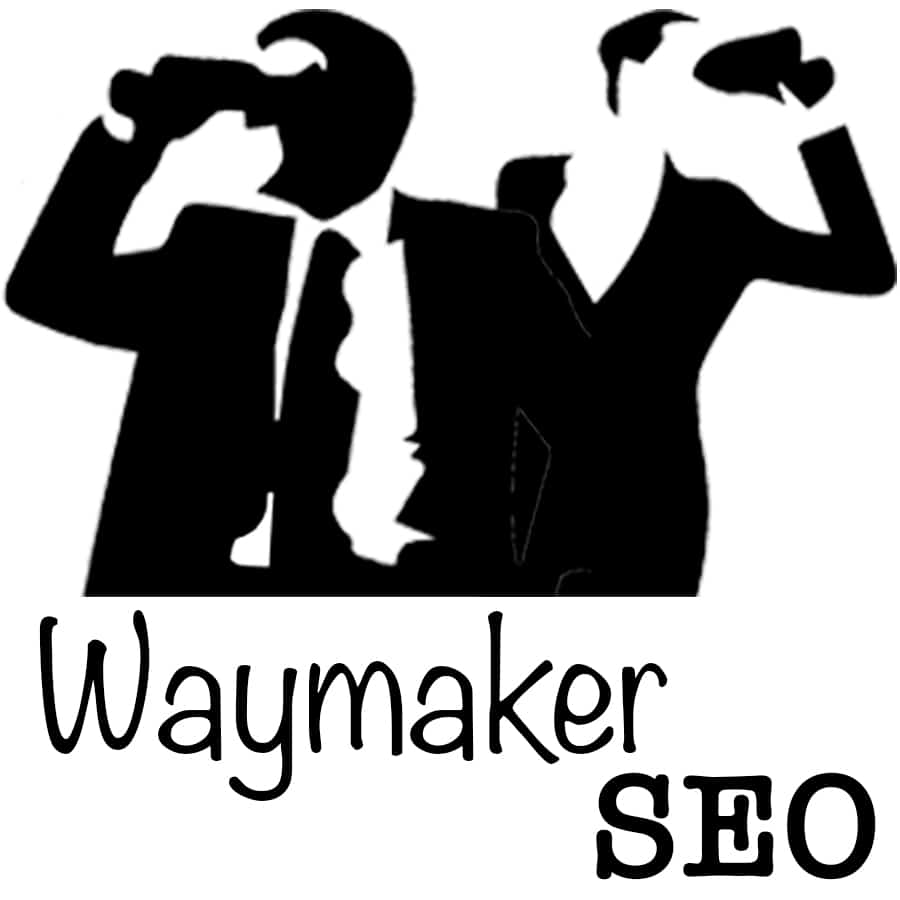On-Page SEO: Anatomy of a Perfectly Optimized Page

On-page SEO refers to optimizing individual web pages to rank higher and earn more relevant traffic in search engines. The process of on-page optimization involves making changes to the content and HTML source code of a web page to improve its relevancy and authority for search engines and users. While the idea of a Perfectly Optimize Page is challenging, working towards perfection should be pursued.
Title Tag
Title tags are HTML elements that provide a brief description of the content on a web page. They appear on the search engine results page (SERP) and are among the most important on-page SEO elements. The title tag should be concise, relevant, and descriptive, with a maximum length of 60 characters.
Meta Description
The meta description is another HTML element that provides a summary of the content on a web page. It appears in the SERP below the title tag and can have a maximum length of 155 characters. The meta description should be relevant, compelling, and descriptive, as it can influence the click-through rate (CTR) of a web page in the SERP.
Header Tags
Header tags are HTML elements used to structure a web page's content. There are six levels of header tags, from H1 to H6, with H1 being the most important and H6 being the least important. Header tags help search engines understand the hierarchy of content on a web page and provide users with an easy-to-follow structure.
URL Structure
The URL structure of a web page is another important aspect of on-page SEO. The URL should be short, descriptive, and easy to read, with keywords relevant to the content on the page. URLs structured logically and easy to understand are more likely to be clicked on in the SERP.
Content
The content on a web page is the most important aspect of on-page SEO. The content should be high-quality, relevant, and provide value to the user. Keywords should be included naturally in the content, and the content should be optimized for readability and user experience.
Images and Videos
Images and videos can also be optimized for on-page SEO. This includes using descriptive file names, alt tags, and captions for pictures and including keywords in the file names and tags for videos.
Internal Linking
Internal linking refers to other pages within the same website. This helps search engines understand the website's structure and can also improve the user experience by making it easier for users to navigate the website.
External Linking
External linking refers to the practice of linking to other websites. This can improve the authority and relevance of a web page and can also provide value to the user by offering additional resources and information.
Mobile Optimization
Mobile optimization is optimizing a website for display and functionality on mobile devices. This includes responsive design, optimized images and videos, and a mobile-friendly layout. With the increasing number of users accessing the internet from mobile devices, mobile optimization is becoming increasingly crucial for on-page SEO.
Conclusion for On-Page SEO
On-page SEO is a crucial aspect of search engine optimization, as it helps improve the relevancy and authority of individual web pages for search engines and users. By optimizing the title tag, meta description, header tags, URL structure, content, images and videos, internal and external linking, and mobile optimization, a web page can achieve a higher ranking in the SERP and earn more relevant traffic.
On-Page SEO Next Step
We provided a free On-Page SEO Checklist. Click the Button Below.
Need Some Help?
We can help you with your On-Page SEO efforts. We can perform a Code Aude or Technical Audit to help you troubleshoot issues. We can also provide page-level optimization reports for specific pages/keywords and ranks.

Senior-level SEO consultant that enjoys helping businesses learn how to SEO their website since 2007. I have over 20 years of experience helping business owners realize their goals through process development, data-driven decision-making, and simplifying complex processes.
